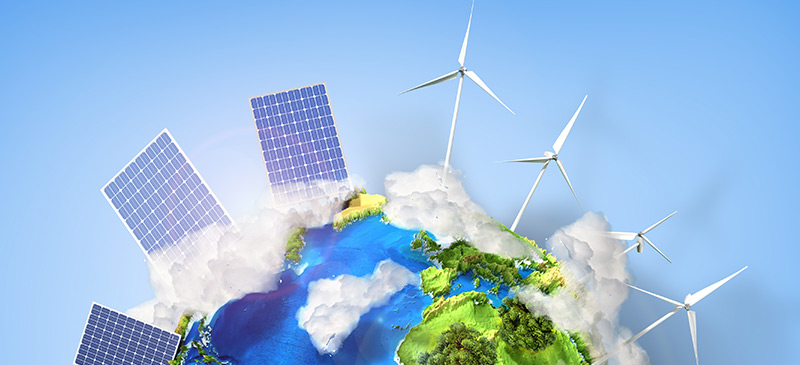Profits from clean energy for India Inc.
Related Articles
ऊर्जा बचत: आज की ज़रूरत, कल की सुरक्षा- छोटी-छोटी सावधानियों से यूं बचाएं हर रोज़ बिजली!
National Energy Conservation Day इसलिए मनाया जाता है ताकि देश के हर नागरिक को यह समझाया जा सके कि ऊर्जा (बिजली, ईंधन आदि) एक सीमित संसाधन...
धूल के गुबार में मुंबई: बिगड़ते AQI के बीच BMC के तात्कालिक सख्त कदम !
मुंबई की बिगड़ती हवा के चलते सख़्त हुई BMC! ₹1000 करोड़ से अधिक की निर्माण परियोजनाओं पर AQI मॉनिटरिंग अनिवार्य, बिल्डरों को तय समय-सीमा...
Dense fog triggers multi-vehicle collision on Noida Expressway; leaving many hurt
On Saturday morning, dozens of vehicles including trucks, cars collided on Noida Expressway due to dense fog in Delhi-NCR. Many left injured and traffic...


